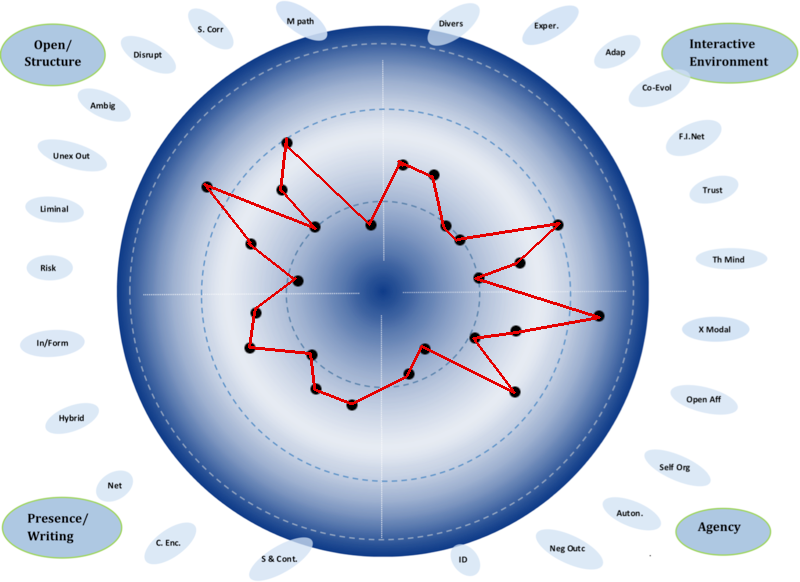Hi Nick - many thanks for your 'thoughts from outside' which are very helpful.
You are right - 'forget ease of use'. We have wondered whether we should cut down on the factors and in one workshop we ran we highlighted factors in each cluster and said to participants that if they found 25 too many, then just use the highlighted ones - but they all used them all anyhow. We also always say that it is a palette of factors, therefore select the factors that are appropriate and leave the rest - but usually people use them all. In one workshop we ran, a participant said that the factors were interesting because they raise questions and consider aspects of learning that are not usually found in evalution questions - and certainly we have tried to represent the complexity of learning. So - yes - the process is time-consuming and no- it is not easy, particularly to begin with and until the meaning of the factors and process has been somewhat internalised.
It is true that the factors have only been used to date in academic situations and within Higher Education - but not only in research situations. Our colleague Jutta Pauschenwein from Austria has used the footprints extensively with her colleagues and her students. She is interested in creating open learning environments and uses the footprints to explore how open they are. She blogs about her use of the footprints - http://zmldidaktik.wordpress.com/. You need to scroll through to find the posts and some are in German. So the footprints have not only been used for research purposes, although we and Jutta have pubished papers on them. I think some people can see the potential of using them for evaluation purposes - as Lisa Lane explained in her blog post following the workshop - http://lisahistory.net/wordpress/2013/11/course-footprints/ . Roy, Simone and I have never received any funding for this research. In fact, in all the research I have done, only one project has been funded.
But I think the most interesting question you raise is around this tension of how to represent the complexity of the learning process whilst at the same time making the process of drawing the footprints more accessible. I agree that it is something we need to work on if we want the footprints to reach a wider audience, but it's difficult to know quite where to start. We do know thought that if we could find some way of automating the drawing of footprints that would be a start. We also know that we have further work to do on the language we use.
Lots to think about and any suggestions would be welcome :-)
Thanks Nick.
